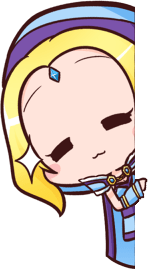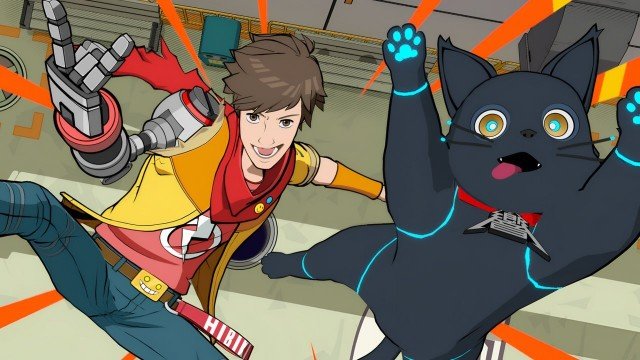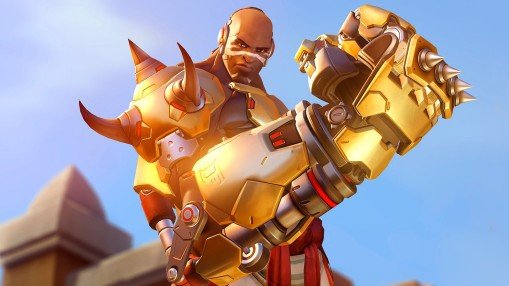Owlcat Games finds itself embroiled in a maelstrom of controversy, as its flirtation with neural networks for concept art creation sparks a fierce backlash from the creative community. The studio's ambitious endeavor to integrate generative neural networks into their conceptualization process has ignited debates far and wide, casting a shadow over its innovative pursuits.
In a bold move, Owlcat Games had floated a vacancy for a concept artist, specifically highlighting proficiency with these futuristic tools as a desirable skill. This pivot towards AI-assisted creativity, however, has not been met with universal applause.
 Image: Ensiplay
Image: Ensiplay
The announcement rapidly became a lightning rod for criticism, drawing ire from purists and traditionalists within the art domain. Notably, Anna Fedina, a revered freelance concept artist with ties to industry giant Blizzard, voiced her disdain in no uncertain terms. Labeling the studio's approach as "disgusting", Fedina publicly renounced any aspiration to align with Owlcat Games, a revelation that shook the artistic community to its core.
In the face of mounting scrutiny, Owlcat Games was compelled to clarify its stance amidst the uproar. The studio's retort to the unfolding "scandal" was swift and calculated, aiming to douse the flames of discontent. Developers articulated that neural networks, in their strategy, were merely exploratory devices intended to spark creativity and unify the team's vision in the nascent stages of game development.
They vehemently denied any plans to substitute human ingenuity with AI-generated content, especially in the realm of concept art, in their ongoing and future projects like Rogue Trader and Pathfinder. Conceding that the job listing might have been misleading, Owlcat Games promptly excised any references to neural networks, extending an olive branch to the aggrieved artistic community.
Main image by Ensiplay

 Daria "Foxdari" Sedelnikova
Daria "Foxdari" Sedelnikova 

















0 comments